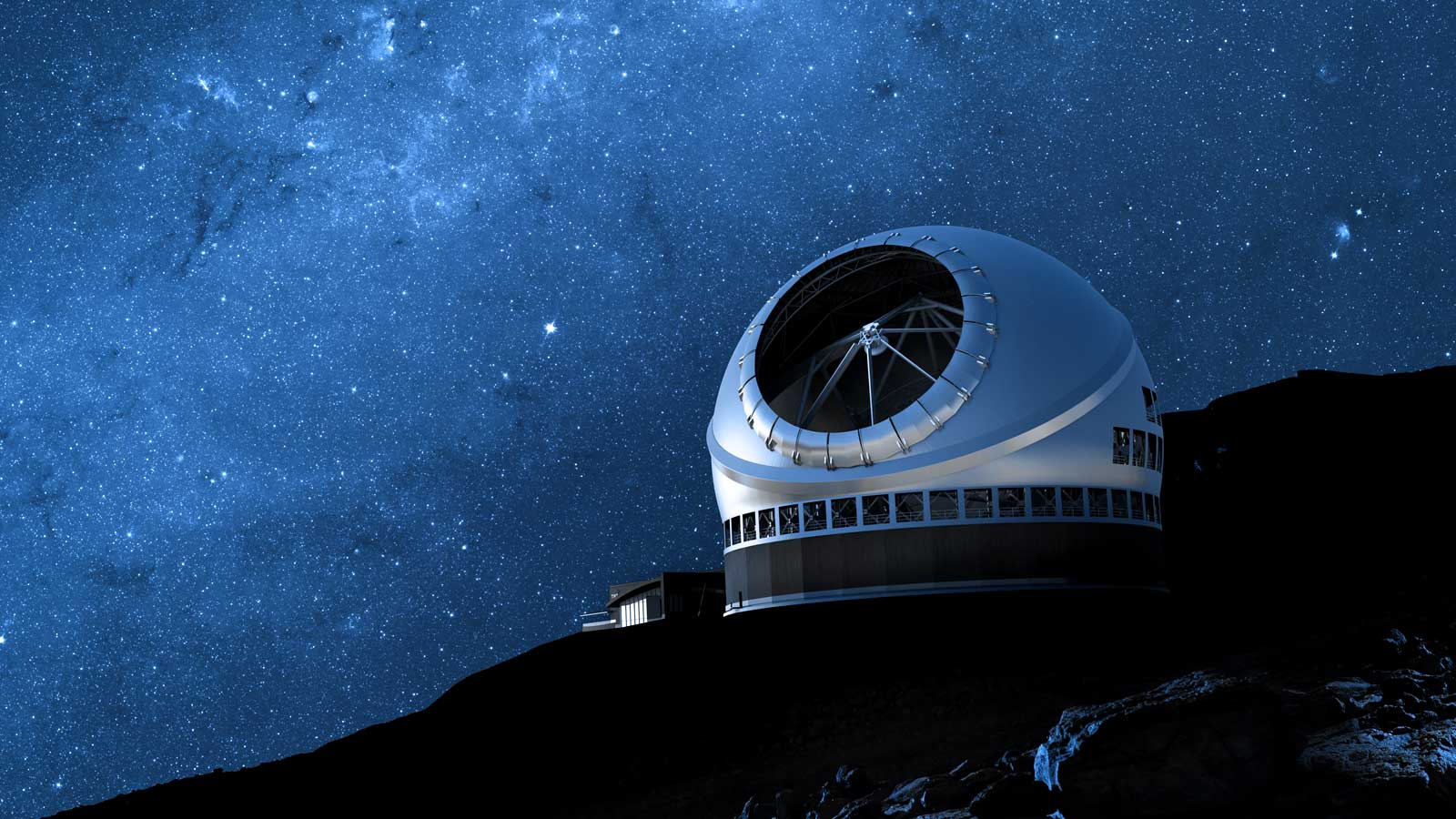
Presented are sensitivity calculations for point source, on-axis targets with a range of object temperatures and magnitudes. We present computed signal-to-noise per wavelength bin per spectral channel, cross-correlation signal-to-noise, and the RV precision. The stellar rotational velocity (v sini ) is assumed to be 2 km/s in all cases.
All calculations are done for a 10 minute exposure time split into shorter exposures when needed for bright sources to stay below saturation. Scaling the SNR to other exposure times can be done by scaling by the square root of the ratio of exposure times.
All calculations are done using specsim by Ashley Baker. The full specsim package is available here where direct imaging (off axis) systems can be simulated and the full spectrum generated. This can also be done using the MODHIS ETC website.
For any other questions, please direct enquiries to instruments@tmt.org
For MODHIS, the oversampling in the spectral direction is 3x the resolution of the instrument. Here, a bin corresponds to a spectral resolution element or 3 pixels. The SNR per bin presented is the average value over the spectral bandpass. In all cases the stellar magnitude is defined in H band.
The Cross Correlation Function (CCF) SNR represents the information content in the spectrum and is used when inferring stellar/planet properties. The CCF SNR “combines” the signal from all the spectral features across the entire wavelength range masking telluric features deeper than 10%. The RV precision presented is combined across all orders where we mask within +/-10 km/s of telluric features deeper than 1%.
Disclaimer: Values presented are expected to change slightly as the instrument design matures. The values presented are believed to give a good indication of instrument performance and accurate enough for the development of science cases.
When determining the CCF SNR values, the assumed line strengths are from the Phoenix stellar models.